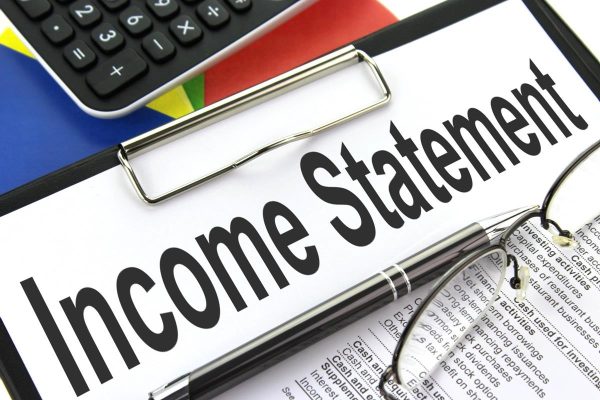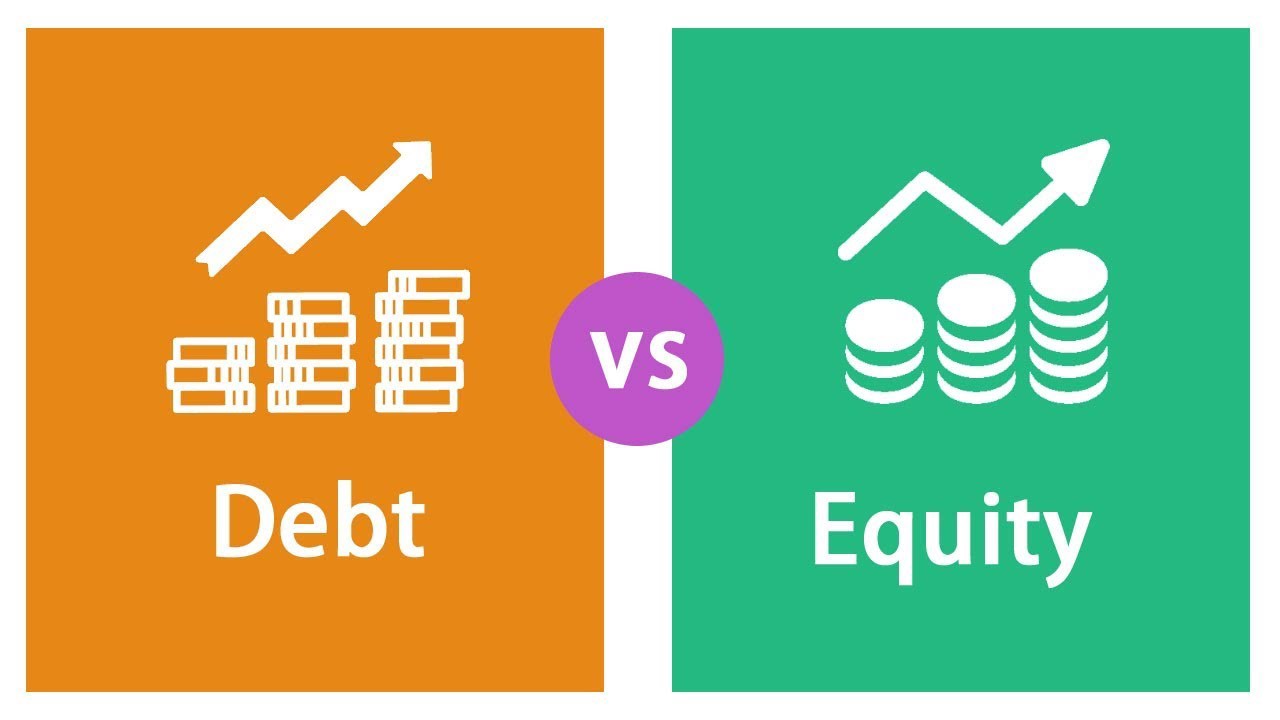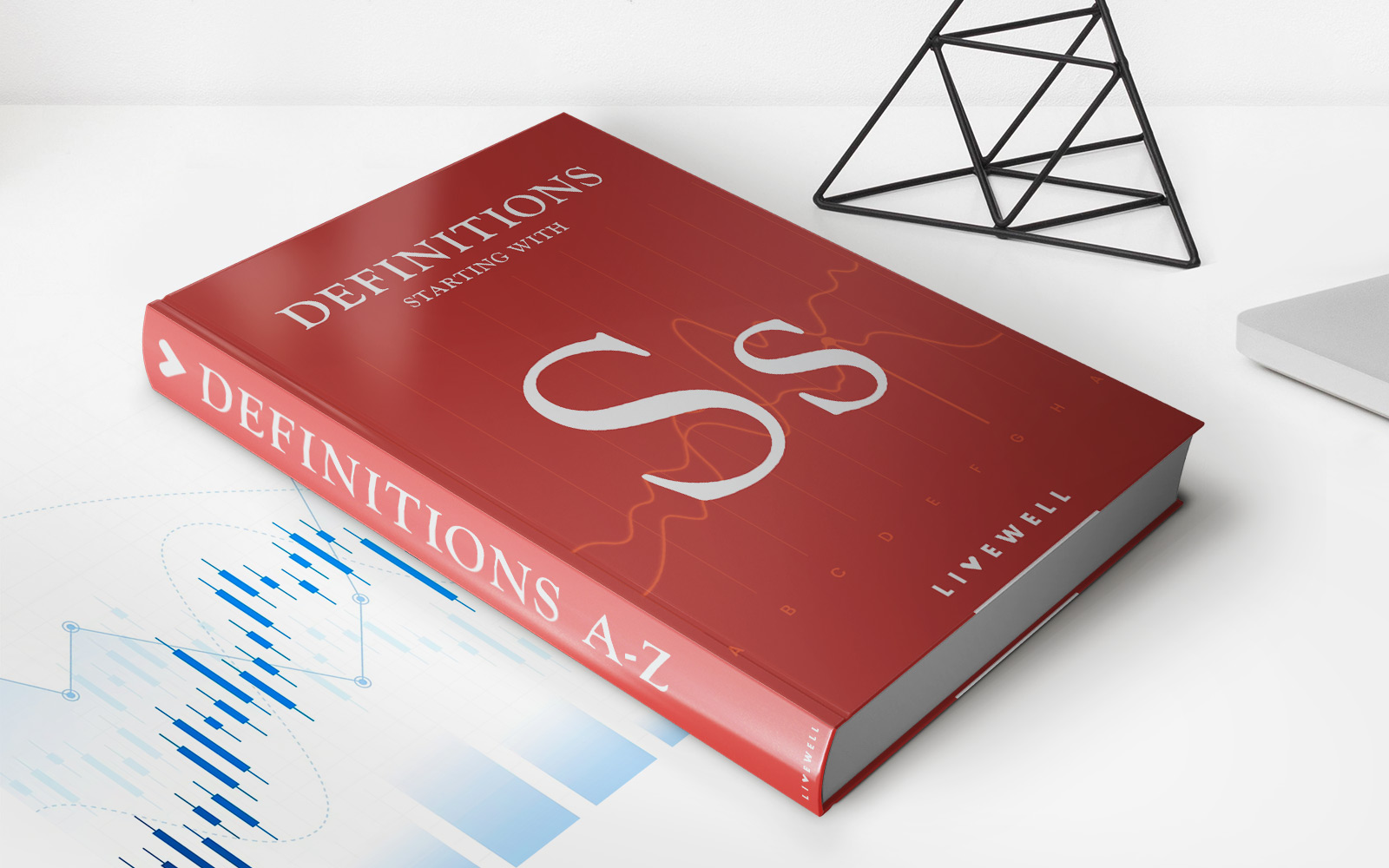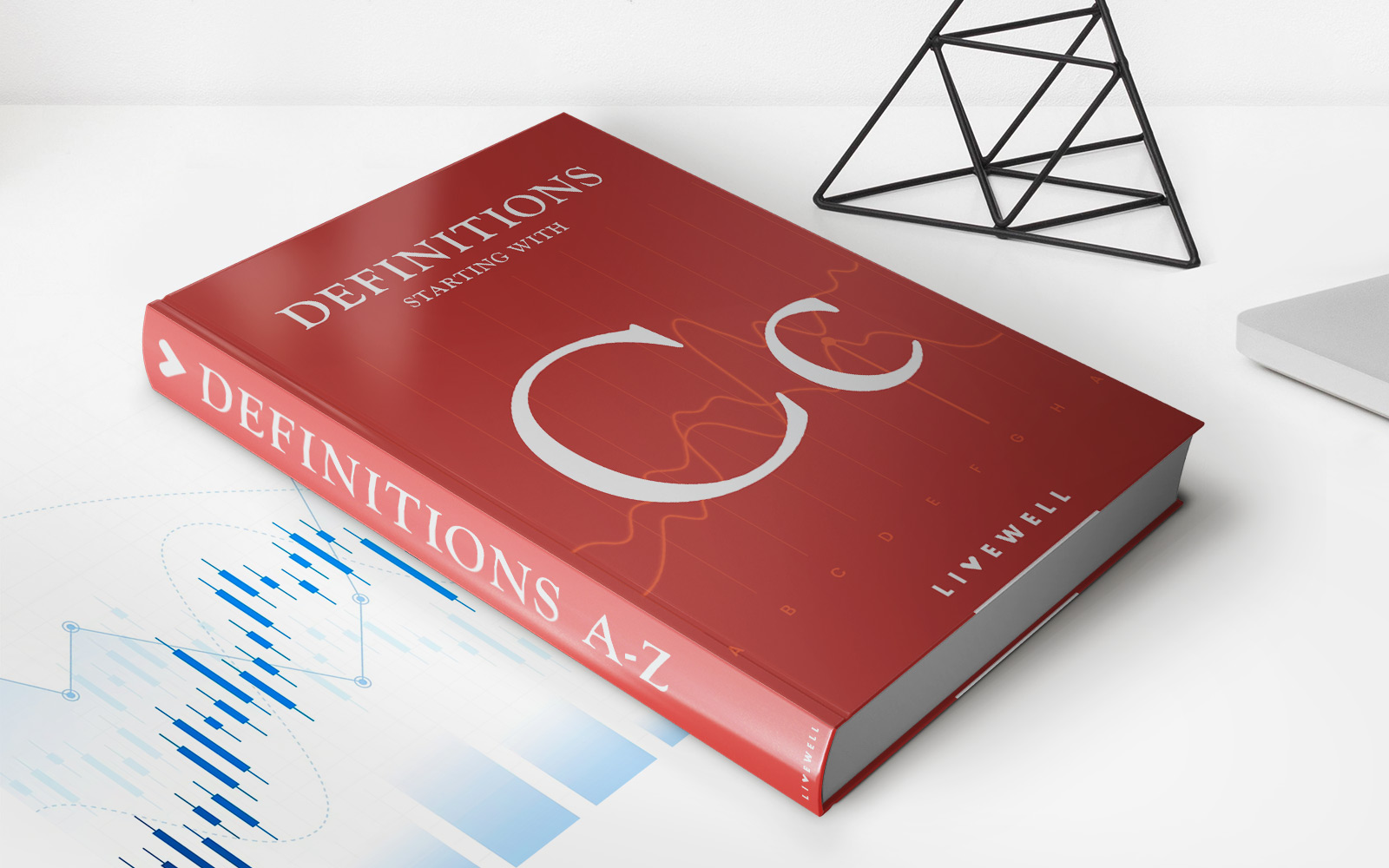Home>Finance>What You Need To Know About Debt To Equity Ratio
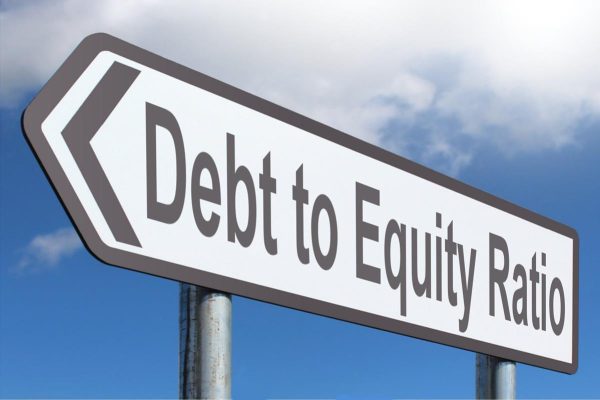
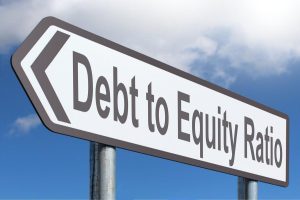
Finance
What You Need To Know About Debt To Equity Ratio
Modified: September 6, 2023
Find out how debt to equity ratio can help evaluate a company's financial leverage and how it can generate additional income for a company and shareholders.
(Many of the links in this article redirect to a specific reviewed product. Your purchase of these products through affiliate links helps to generate commission for LiveWell, at no extra cost. Learn more)
The debt to equity (D/E) ratio is also called the “debt-equity ratio,” “risk ratio,” or “gearing ratio”. It is an essential metric in corporate finance. And in evaluating a company’s financial leverage. This ratio calculates the weight of total debt and financial liabilities against the total shareholders’ equity.
The D/E ratio measures the degree to which a company finances its operations through debt versus wholly owned funds. It uses total equity as a denominator. Unlike the debt assets ratio that uses total assets. In the event of a downturn, it also reflects the ability of a shareholder to fulfil obligations to creditors. The balance sheet of a company’s financial statements contains the debt/equity ratio.
Formula For Debt To Equity Ratio
To calculate the debt to equity ratio, follow either the short or long formula. For the short formula, divide the total liabilities of a company by its total amount of shareholders’ equity. The formula is shown below:
Debt / Equity Ratio = Total Liabilities / Total Shareholders’ Equity
The long formula is as follows:
Debt / Equity Ratio = (Short-term debt + Long-term debt + Fixed payment obligations) / Total Shareholders’ Equity
Many also refer to the D/E ratio as the balance sheet ratio. This because the balance sheet reports all the elements. It requires total shareholder equity to equal assets minus liabilities, which is a rearranged version of the balance sheet equation:
Assets = Liabilities + Shareholder Equity
Use Of D/E Ratio
We’ve mentioned the D/E ratio’s use in measuring a company’s debt in relation to the value of its net assets. Most often, it is also used in gauging the extent to which a company takes on debt to leverage its assets. A high debt-equity ratio is usually associated with high risk. This means that the company has been aggressive in financing its growth with debt.
A company could potentially generate more earnings if a lot of debt is used to finance its growth rather than without it. If leverage increases earnings by a greater amount than the interest (cost of debt), then shareholders should expect benefit from it. But share values may also decline if debt cost financing outweighs the increased income generated. Based on market conditions, the cost of debt can vary.
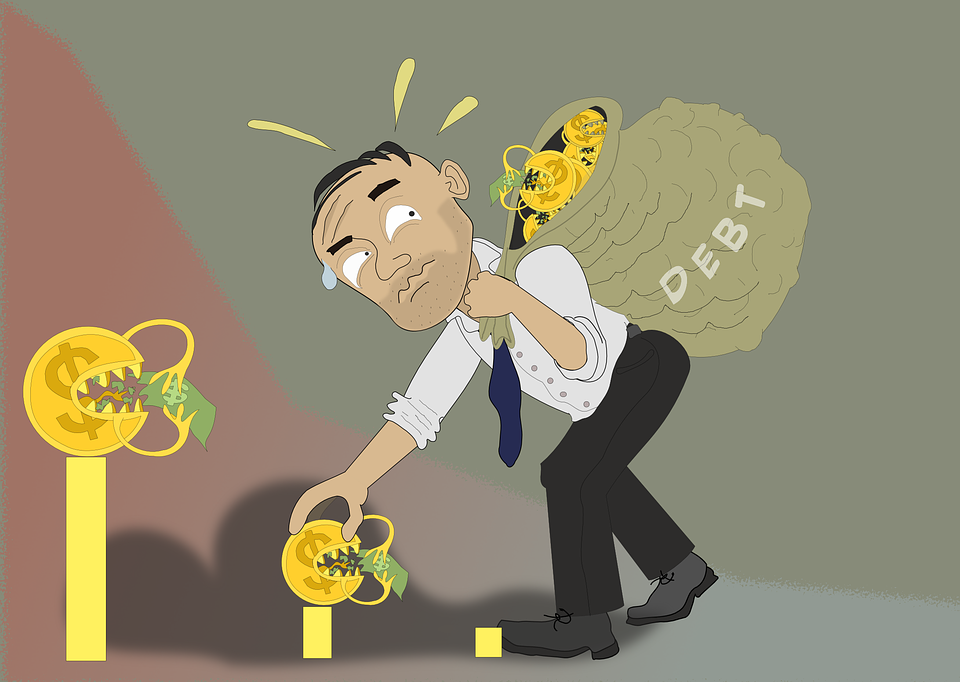
Photo from pixabay
Changes in assets and long-term debt have the greatest impact on the debt-equity ratio. This is because they are larger accounts compared to short-term debt and short-term assets. Investors will use other ratios if they want to evaluate a company’s short-term leverage. Also, to evaluate its ability in meeting debt obligations.
For instance, to compare a company’s short-term liquidity or solvency, an investor will use the cash ratio:
Cash Ratio = Cash + Marketable Securities / Short-Term Liabilities
or the current ratio:
Current Ratio = Short-Term Assets / Short-Term Liabilities
They use these formulas instead of a long-term measure of leverage like the Debt-Equity Ratio.
Limitations Of D/E Ratio
It is very important to consider the industry of the company when using the debt to equity ratio. This is because different industries have different capital needs and growth rates.
A relatively low D/E ratio may be common in one industry, while a relatively high D/E may be common in another. For instance, capital-intensive industries like tech or service firms have a D/E ratio of under 0.5. While auto manufacturing typically has a D/E ratio above 2.
Often, utility stocks have a very high D/E ratio compared to market averages. A utility grows slowly but usually maintains a steady income stream, thus allowing the companies to borrow very cheaply.

Photo by William Iven from Pixabay
In slow-growth industries with a stable income, high leverage ratios represent an efficient use of capital. Companies in the consumer staples or consumer non-cyclical sectors have a high D/E ratio as well. This is because they have a relatively stable income and can borrow cheaply.
D/E Ratio For Personal Finances
The personal debt-equity ratio is an application of the D/E ratio to personal financial statements. Here, the “equity” refers to the difference between the total value of an individual’s assets and the total value of his/her debt or liabilities. The formula for the personal debt-equity ratio is as follows:
Debt to Equity = Total Personal Liabilities / Personal Assets−Liabilities
Often, an individual or small business use the personal D/E ratio when applying for a loan. Lenders use this ratio as an evaluation measure of how likely the borrower will be able to continue making loan payments should their income be temporarily disrupted.

Photo by Steve Buissinne from Pixabay
If a prospective mortgage borrower was to be out of a job for a few months, he is likely to continue making payments if he has more assets than debt. This is also true for a business owner applying for a line of credit or a small business loan. If the individual has a good personal debt to equity, it is more likely that he can continue to make loan payments while his business is growing.
Advantages Of A High D/E Ratio
A high D/E ratio can be good because it shows that a company can easily pay off its debt obligations through cash flow. It also shows that they use leverage in increasing their equity returns.
Another advantage is that the cost of debt is typically lower than the cost of equity. Therefore, this increases the debt/equity ratio up to a certain point, lowering the company’s weighted average cost of capital (WACC).
Disadvantages Of A High D/E Ratio
In the case of a D/E ratio being too high, it will compound down on any losses. The company may not be able to pay off its debt.
If the debt-to-equity ratio gets too high, the cost of borrowing and the cost of equity will rise. The weighted average cost of capital (WACC) will also get high and drive down its share price.

Photo by Gerd Altmann from Pixabay
In conclusion, the debt/equity ratio is helpful for investors in identifying high leveraged companies that may pose risks. They can compare a company’s D/E ratio against industry averages and other similar companies. This is to gain a general indication of their equity-liability relationship.
But, not all high debt/equity ratios indicate poor business practices. In fact, this debt can be a catalyst to expand business operations that will generate additional income for both the company and its shareholders.

